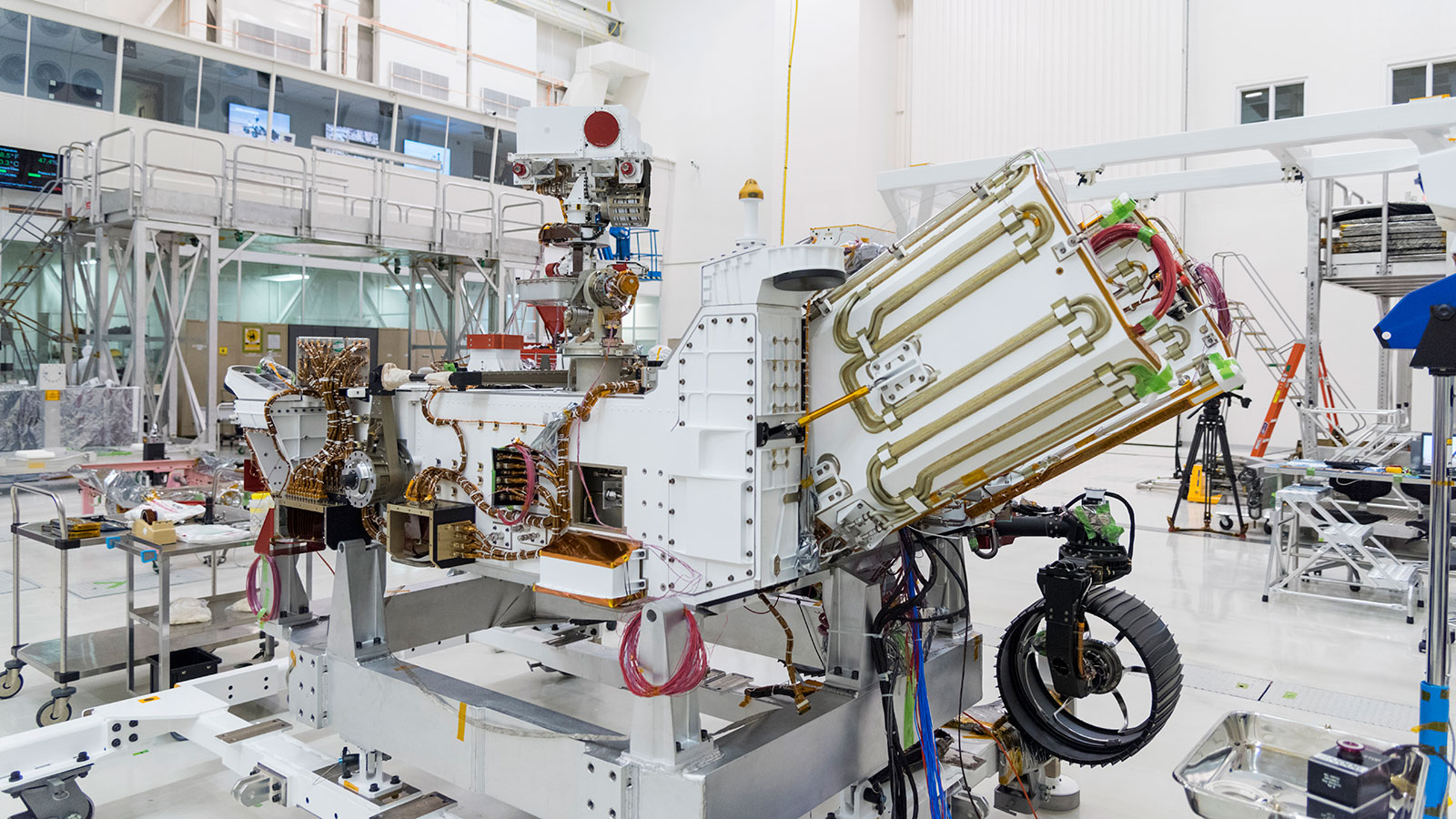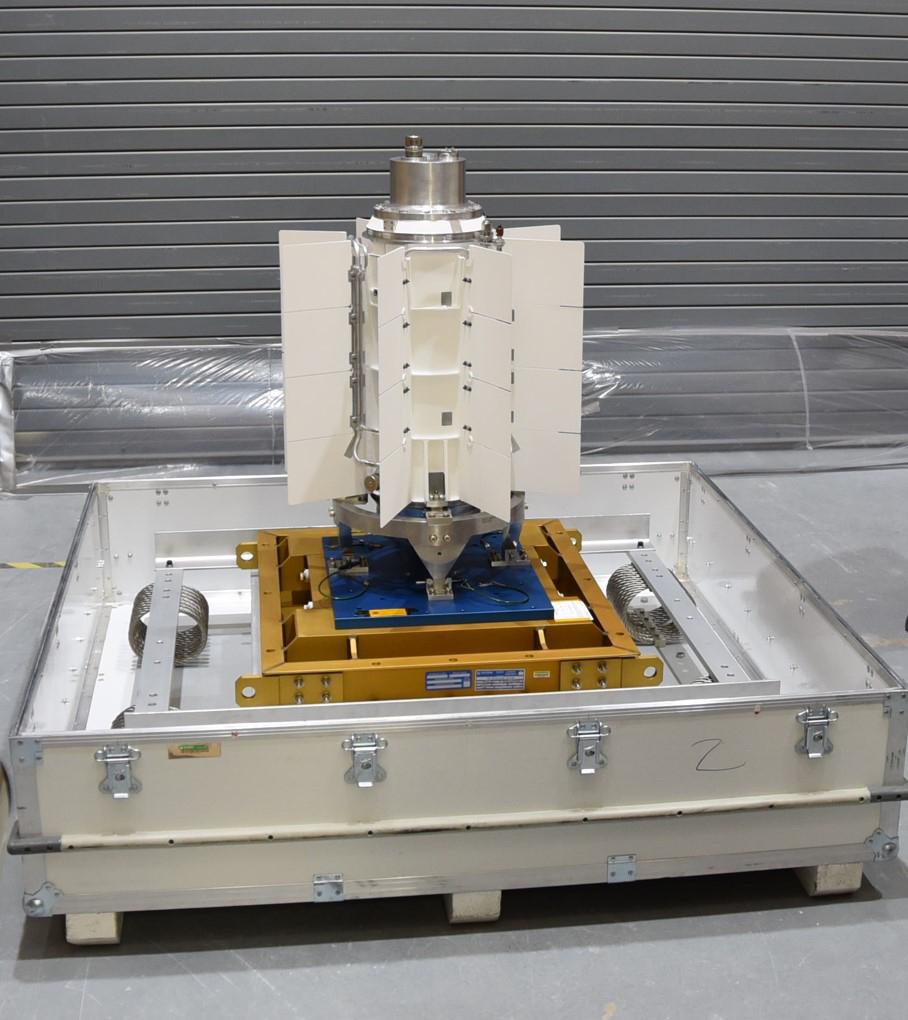Going nuclear: NASA's Perseverance Mars rover gets its power source for July 30 launch

NASA's Perseverance Mars rover is ready to roll on the surface of the Red Planet now that its nuclear power source has been installed.
That update came via Tory Bruno, head of United Launch Alliance, which is responsible for launching Perseverance on its way next Thursday (July 30). The installation is a vital step toward liftoff for the rover, which will rely on the power system, called a Multi-Mission Radioisotope Thermoelectric Generator (MMRTG), to keep its instruments running and to stay warm during the cold Martian nights and winters.
"The #MarsPerseverance MMRTG is installed and doing well," Bruno wrote on Twitter on Wednesday (July 22). "This Red Planet dune buggy is fueled and ready to go!"
In Photos: NASA's Mars Perseverance rover mission to the Red Planet
The MMRTG is designed to power the rover for up to 14 years, far beyond the $2.7 billion spacecraft's initial mission lifetime of nearly two Earth years, or one Martian year. It is based heavily on the system that powers NASA's Curiosity rover, which launched in 2011 and has been roving the Red Planet since August 2012.
When such a system launches, it can produce about 110 watts of power, according to NASA and the Department of Energy (DOE). The MMRTG contains radioactive plutonium, which naturally decays into more stable atoms. As it does so, it releases heat, which the MMRTG converts into electricity. Excess heat keeps a spacecraft's instruments warm enough to keep working smoothly.
Related: Nuclear generators for NASA deep space probes (infographic)
Get the Space.com Newsletter
Breaking space news, the latest updates on rocket launches, skywatching events and more!

Although an MMRTG runs on nuclear power, it isn't the same form of plutonium as what is used in bombs and cannot explode, according to NASA and the DOE.
For Mars missions, MMRTGs offer a key benefit: Unlike solar panels, they aren't affected by local weather, which means a spacecraft that carries one isn't vulnerable to dust storms, as NASA's Opportunity rover was.
Another MMRTG is scheduled to power NASA's Dragonfly mission, a rotorcraft designed to explore the hazy skies of Saturn's massive moon Titan in 2026.
Email Meghan Bartels at mbartels@space.com or follow her on Twitter @meghanbartels. Follow us on Twitter @Spacedotcom and on Facebook.
Join our Space Forums to keep talking space on the latest missions, night sky and more! And if you have a news tip, correction or comment, let us know at: community@space.com.

Meghan is a senior writer at Space.com and has more than five years' experience as a science journalist based in New York City. She joined Space.com in July 2018, with previous writing published in outlets including Newsweek and Audubon. Meghan earned an MA in science journalism from New York University and a BA in classics from Georgetown University, and in her free time she enjoys reading and visiting museums. Follow her on Twitter at @meghanbartels.









